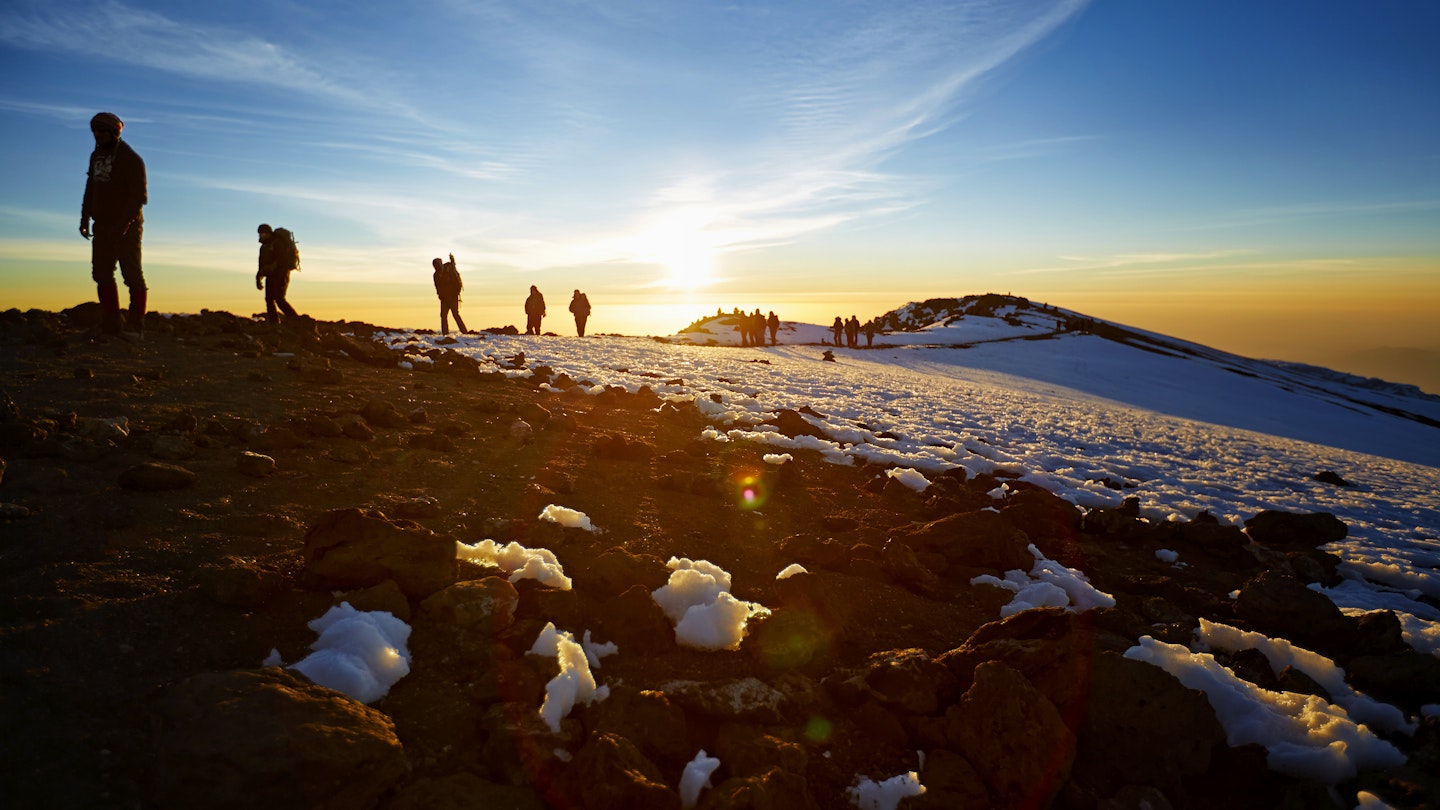Explore Tanzania: A Guide to the Best Times to Visit
Abundant wildlife, exotic islands, colorful markets, and friendly people – Tanzania has all this and more just waiting to be explored.
Wander cobbled streets on Zanzibar Island, marvel at an elephant silhouetted against a baobab tree in Tarangire National Park, and encounter chimpanzees in Mahale Mountains National Park. Throughout your journey, enjoy getting acquainted with Tanzanians and their vibrant culture.
This guide provides insights on planning your perfect time for a visit, with tips on everything from seasonal wildebeest migrations to climbing Mt. Kilimanjaro and experiencing local festivals.
June through September: Optimal Wildlife Viewing
June through September marks Tanzania’s cooler, dry, high season. During this period, the wildebeest migrate north towards the greener grasses of Kenya’s Masai Mara. Furthermore, the lower slopes of Kilimanjaro are mud-free, making it an excellent time to explore.
In July and August, as the dry season progresses, animals tend to concentrate around dwindling water sources, and vegetation becomes more sparse. This makes wildlife spotting easier, as safari season reaches its peak. Southern Tanzania’s Ruaha National Park and western Tanzania’s Katavi National Park are filled with animals, including massive pods of hippos vying for space around the few remaining mud wallows. Moreover, chimpanzees in Gombe and Mahale Mountains parks descend to lower slopes, facilitating easier tracking.
The dry season is also ideal for trekking on Mt. Kilimanjaro and Mt. Meru, as well as hiking in the Usambara Mountains. Along the coast, you can expect lower temperatures and humidity, although the islands will be crowded with visitors.
October to February: Birdwatching and Fewer Crowds
October marks the start of Tanzania’s shoulder season, characterized by sunny and mostly dry weather. This is another excellent time for wildlife watching, particularly in parks like Tarangire. Additionally, October sees jacarandas bloom, especially around Moshi and Arusha, creating a stunning display of purple canopies.
As November ushers in the short rains, mango season begins, offering delightful roadside fruit. It’s also the start of peak birding season as the first migrants arrive.
During the Christmas and New Year period, prices temporarily skyrocket, but many lodges offer appealing shoulder-season rates before and after this duration.
February tends to be the hottest month, particularly along the coast, yet it’s also the peak for birding and wildlife activity, especially in the Serengeti where the wildebeest calving season is underway.
March to May: Green Landscapes and Lower Prices
Mid to late March marks the onset of Tanzania’s main rainy season, bringing heavy downpours that can turn roads and hiking trails to mud. Many lodges close, but those that remain open often provide significant discounts.
Interestingly, despite the rains, there are ample opportunities for sun. If your primary aim is to immerse yourself in Tanzania’s rich cultures away from the crowds, this period can be particularly rewarding. The landscapes become vibrantly green, and visitor numbers are significantly lower. By late April, as the rains begin to diminish, the wildebeest start their long march northwest from their calving grounds in the southeastern Serengeti. Additionally, brightly-colored birds become more visible as males don their colorful breeding plumage.
Anytime is Festival Time
Tanzania hosts numerous festivals throughout the year, making any time a potential celebration. Early February on Zanzibar features the Sauti za Busara festival, while the Kilimanjaro Marathon takes place in late February in Moshi. Later on, be sure to catch the Zanzibar International Film Festival in late June and the Mwaka Kogwa celebrations in late July. Around October or November, the Bagamoyo Festival of Arts and Culture showcases rich traditions on the mainland.
This article was last updated on Nov 20, 2023.




